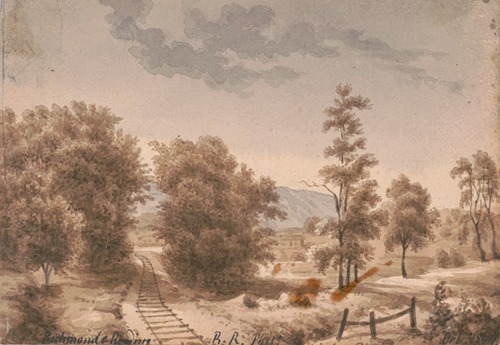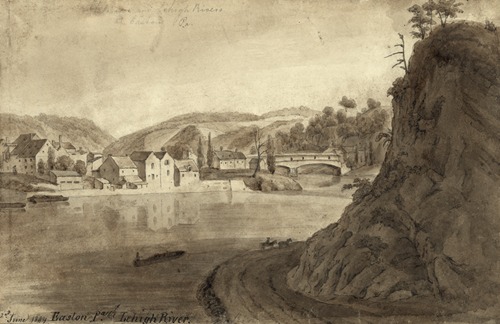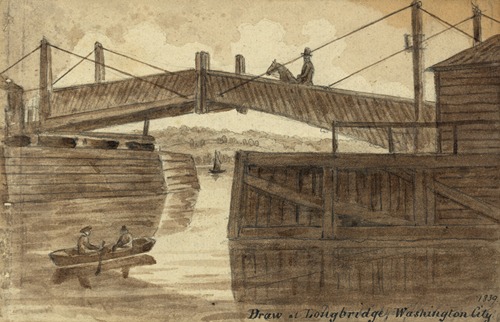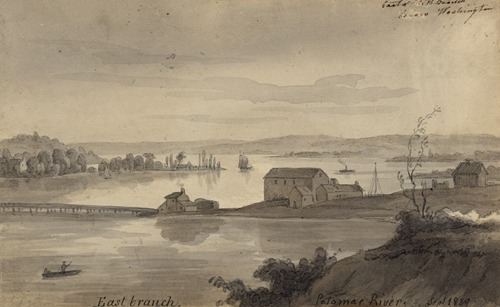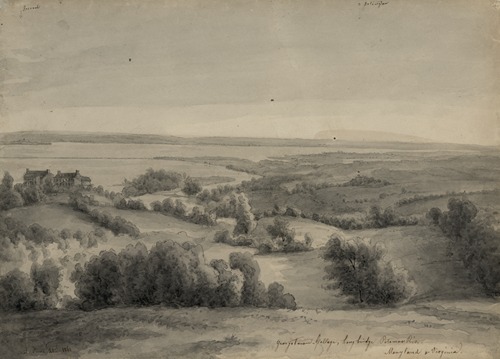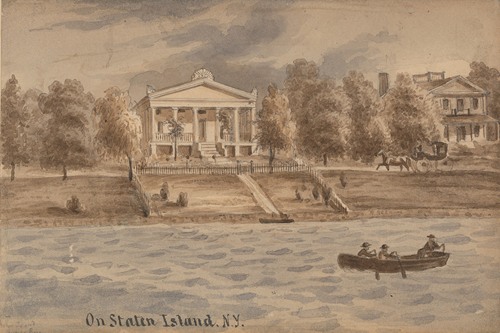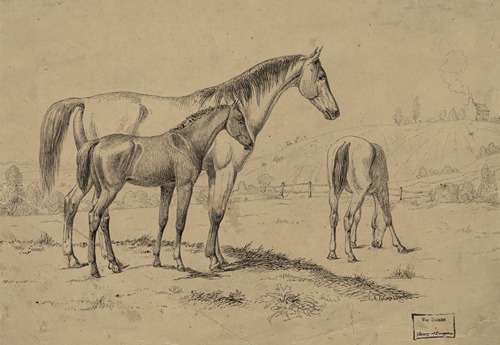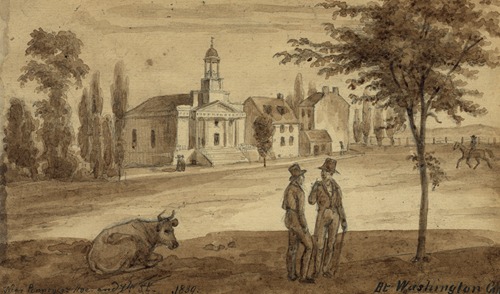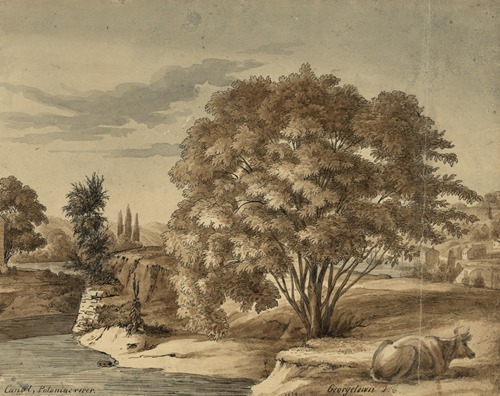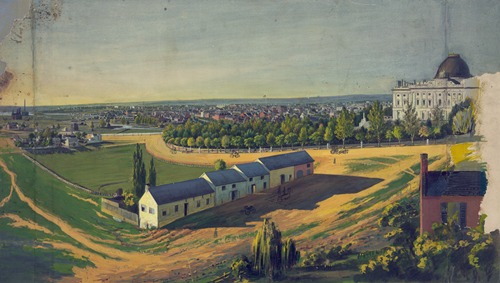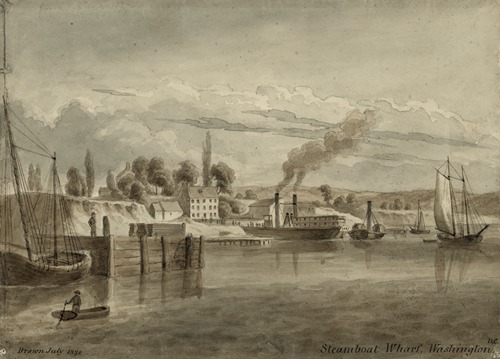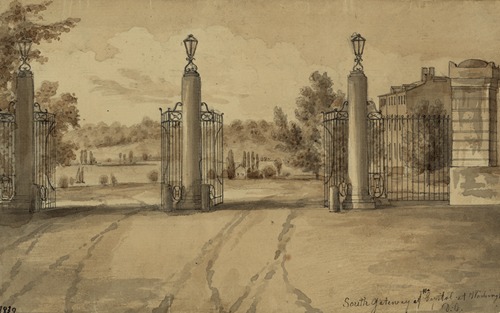
Augustus Kollner was a distinguished 19th-century Philadelphia artist, etcher, engraver, and lithographer who started his career in Germany, where he was born. By 1828 he was working as an engraver in Stutgart, Germany and later moved to Paris, where he worked during the 1930s. In 1839 Kollner immigrated to the United States and began working for the Haas firm in Washington D.C. producing lithographs. By 1840 Kollner had moved to Philadelphia, where he established a studio as a portrait painter. The business proved unsuccessful, however, and Kollner was forced to look elsewhere for work. This ultimately paved the path for him to become one of the chief artists for P. S. Duval and William Huddy's "U.S. Military Magazine,” which was published between 1839-1842.
Kollner married Mary Sheek in the mid-1840s and continued to work with Duval as well other premier establishments such as Thomas Sinclair, Wagner & McGuigan, J. T. Bowen, Frederick Kuhl, and Brechemin & Camp. By the late 1840s some of his American views were being published in the "View of American Cities" by Goupil, Vibert & Co.
In the 1850s Kollner again established an art firm, this time creating an array of necessities, such as bank notes and advertisements, as well as maps and artistic views. He also collaborated with the American Sunday School Union to produce images for a children's moral instruction book entitled “City Sights for Country Eyes,” which was published in 1856. Unfortunately, his businesses faired only slightly better than his first attempt and by 1861 it was shut down. Undeterred, Kollner continued to work within the art world, but not before serving in the American Civil War. Even after he retired in the 1880s, Kollner continued to draw and paint around the city of Philadelphia.
